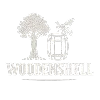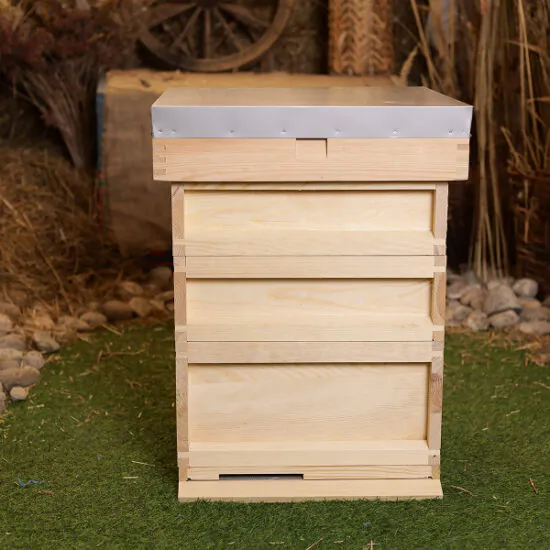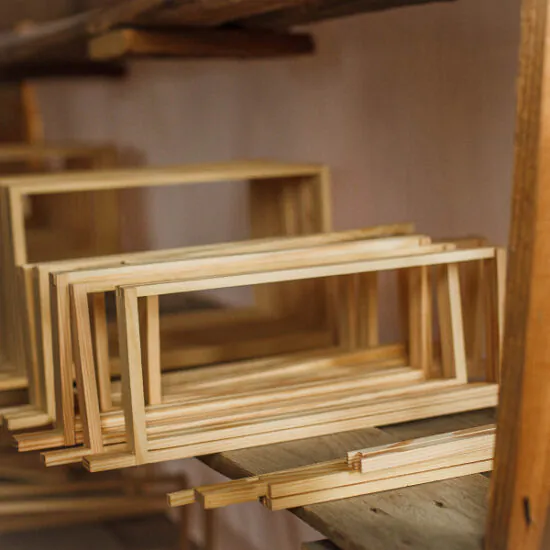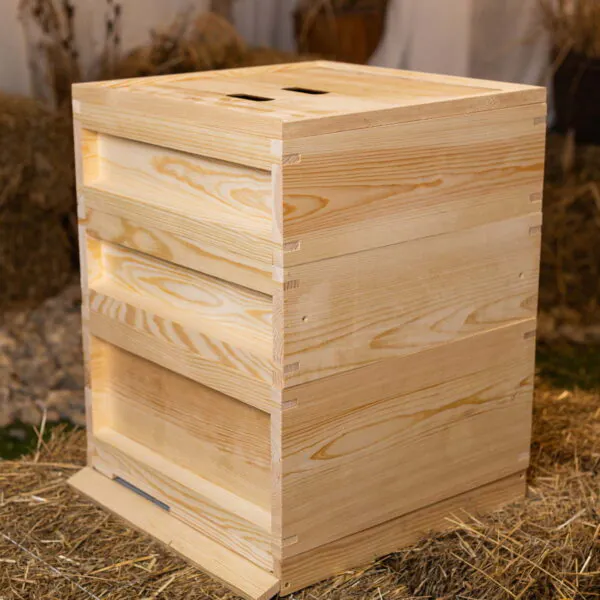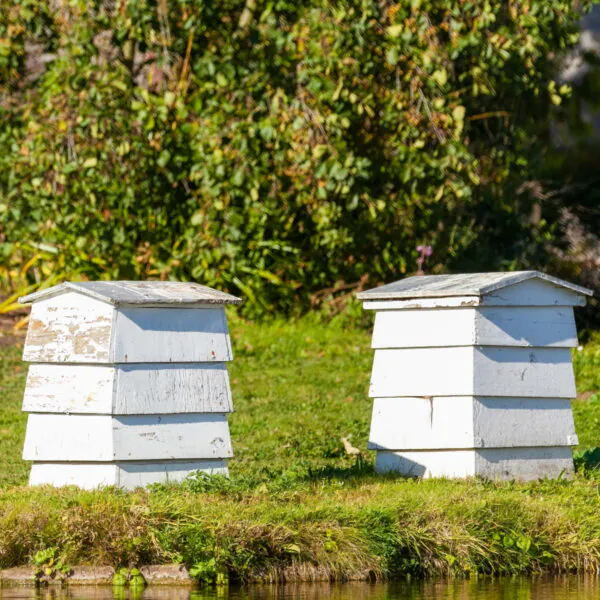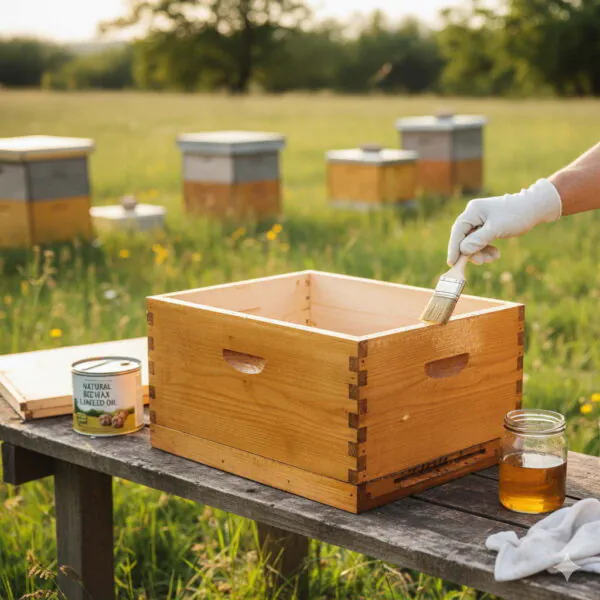Wooden Beekeeping Supplies
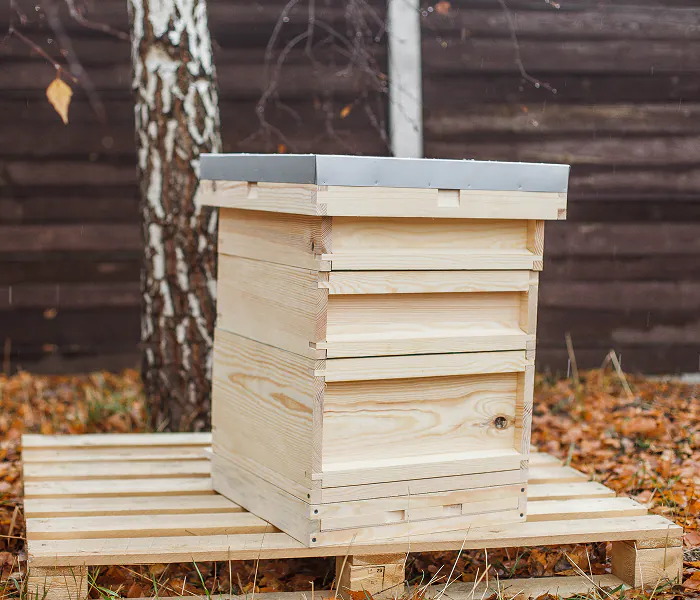
Frequently asked questions
What do I actually need to start beekeeping?
+To get started with beekeeping, you’ll need:
a hive, frames, a hive tool, a smoker, a bee suit or veil, gloves, a bee brush, a dummy board, a feeder — and, of course, some bees.
At WoodenShell, we focus on the core wooden elements of the hive —
brood boxes, supers, frames, dummy boards, feeders, and other essential parts.
We don’t sell clothing or accessories — not because they aren’t important, but because we prefer to do one thing well:
offer reliable, well-made hive components at a fair price.
Why do people keep bees — and why should I?
+Beekeeping is more than just honey — it’s a way to support nature, learn something new, and stay connected to the seasons.
Healthy bees play a vital role in pollinating fruits, vegetables, and wild plants. By keeping bees, you’re helping to protect and strengthen pollinator populations, which are under pressure worldwide.
At the same time, you gain a deeper appreciation for how bees live, work, and respond to the world around them.
There’s always more to learn — from hive behavior to seasonal cycles and sustainable methods.
And yes — in return, they give you honey, wax, propolis, and more.
What type of hives do you offer — and are they compatible with other systems?
+We offer wooden parts and frames for British Standard National hives — the most widely used hive type in the UK.
Our components also fit WBC hives, since they share the same internal dimensions.
If you’re using polystyrene or plastic hives, the sizes should still match — but we recommend double-checking, as fit may vary slightly between manufacturers.
📦 All parts are supplied flat-packed and are easy to assemble.
There’s no single “best” hive — it all depends on your goals, location, and beekeeping style.
In the UK, the National hive remains the most popular: compact, practical, and widely supported.
The WBC hive is a beautiful, traditional option — ideal if appearance matters for your garden setup.
Other types like Commercial, Langstroth, and Smith are used regionally — often influenced by local tradition or beekeeper preference.
And around the world, you’ll find many more:
Dadant in France, Layens in Spain, Langstroth across the US, and Warre or Top Bar hives for natural-style beekeeping.
Each system has its pros and cons — from size and frame compatibility to insulation, handling, and honey yield.
🛠 Due to growing interest, we plan to offer Langstroth-compatible components soon — stay tuned!
👉 Curious about hive types around the world?
Read our blog: “Understanding Hive Systems — National, Langstroth, WBC and More”
What kind of wood are your hives made from?
+Our hives are made from well-dried pine — a solid and time-tested choice for beekeeping in the UK.
Pine isn’t as naturally rot-resistant as cedar, but with basic care — like painting or oiling the exterior — it can last for many years of active use.
Cedar is often considered a premium material, and it does offer some natural advantages. But it also comes at a higher price — often more than the difference most beekeepers will actually notice in real-world use.
If you’re just starting out or expanding your apiary, pine offers excellent value. And with good maintenance, it performs reliably season after season.
We don’t use polystyrene — it’s not environmentally friendly, and it can be easily damaged during routine hive work and inspections.
Wooden hives remain the practical, natural, and trusted choice for thousands of beekeepers — easy to maintain, repair, and enjoy for years.
How do I assemble the hive?
+Assembly is simple — most parts are precision-cut and flat-packed.
At WoodenShell, floors, roofs, and crown boards come pre-assembled, so you only need to put together the boxes (brood and supers) and attach the landing board to the floor beneath the entrance.
📖 Full step-by-step guide with photos: How to Assemble a Wooden Beehive
Which frames do I need for my hive?
+If you’re using a National or WBC hive (the most common in the UK), frames follow the British Standard (BS) format.
Here’s a simple way to remember:
- DN = Deep National → used in brood boxes
- SN = Shallow National → used in supers
The number after the letters (e.g. DN1, SN4) refers to the frame style — mainly how the top bar and side bars are shaped.
🧷 Frame types at a glance:
- DN1 / SN1 – flat side bars (require spacers or castellations)
- DN2 / SN2 – flat side bars + wider top bar (require spacers or castellations)
- DN4 / SN4 – Hoffman side bars (self-spacing)
- DN5 / SN5 – Hoffman side bars + wider top bar
- 14×12 – extra-deep brood frames for 14×12 brood boxes
- Manley – super frames with wide, straight side bars and reinforced bottom bar
Hoffman frames have angled side bars that naturally space themselves when placed next to each other.
They help maintain proper bee space and eliminate the need for spacers or castellations.
What type of bees are the best to keep?
+It depends on your region and climate — but for the UK, locally bred bees are usually the best choice.
Imported queens from places like Italy, Greece, or New Zealand may be appealing, but these bees often struggle with the cool, damp UK weather. That’s why British-bred strains are generally more reliable and better adapted to local conditions.
Popular types include:
- Buckfast bees – calm and productive
- Carniolan (Apis mellifera carnica) – gentle and fast-builders
- Italian (Apis mellifera ligustica) – prolific and popular, but more sensitive to weather
- Caucasian – docile, with long tongues (good for deeper nectar sources)
- Carpathian – hardy mountain bees, more common in Eastern Europe
And of course — always consider local hybrids bred for your area.
👉 Curious about bee breeds around the world and which might work for you?
Read our blog: “Understanding Bee Breeds: From Buckfast to Carniolan”
Video



